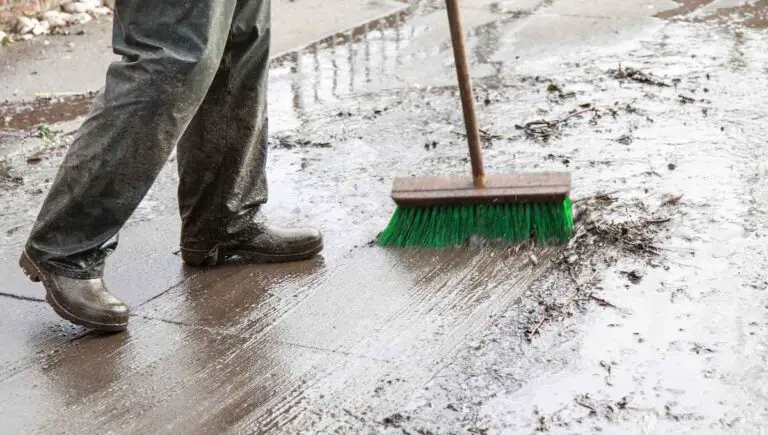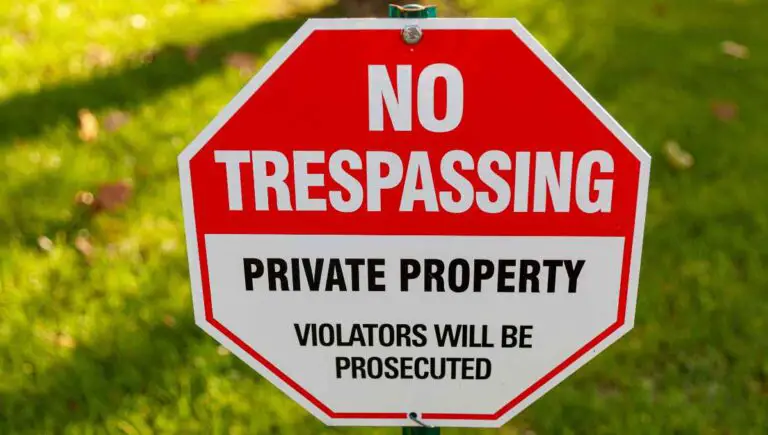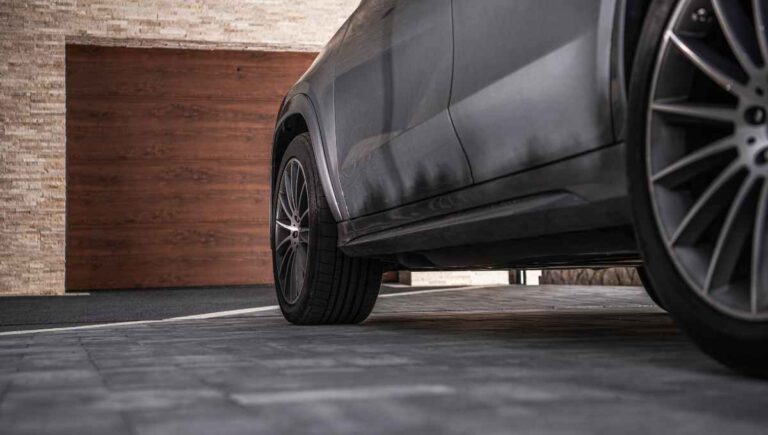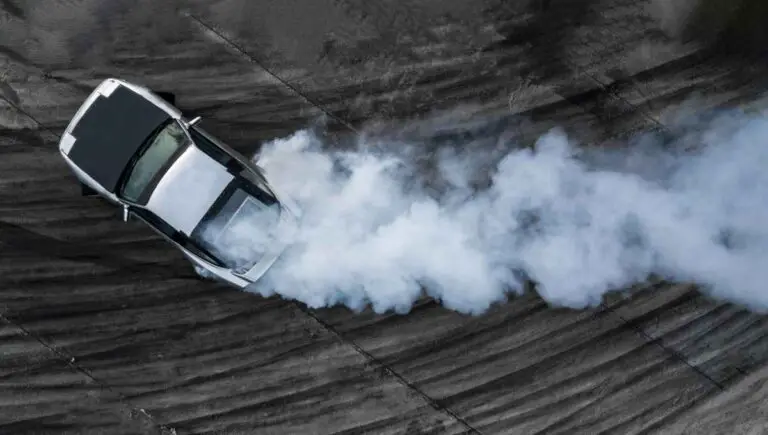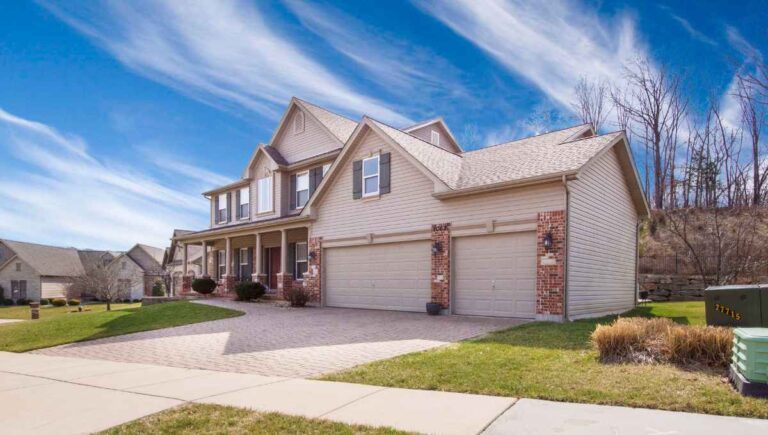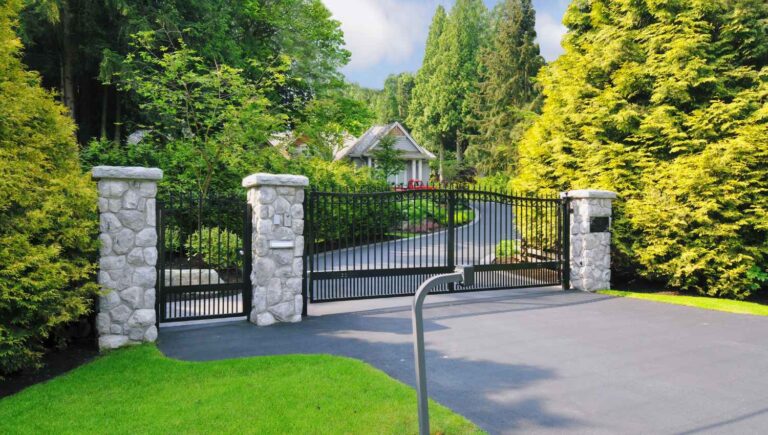Can I Put a Driveway Over Septic Lines? (Always Check This)
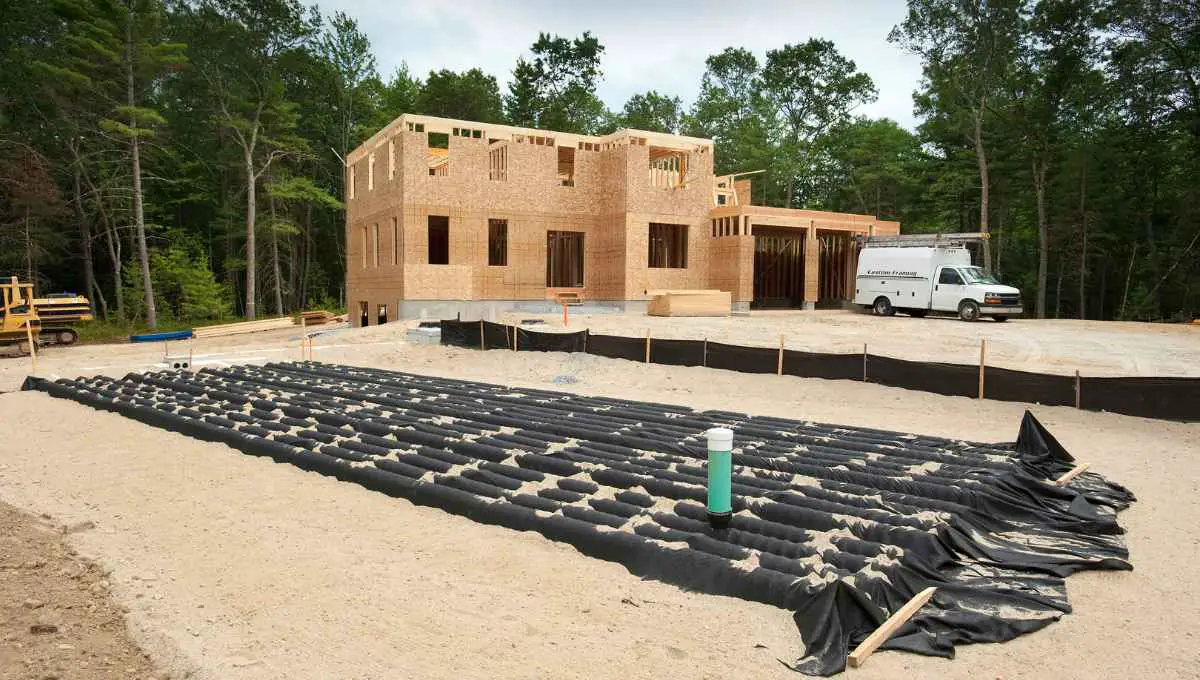
So, it’s time for a new driveway. You know where you ideally want the driveway to go, but there’s one small problem. Septic lines. It makes you wonder, can I put a driveway over septic lines? After all, messing up your septic is a costly mistake. So, can you do it?
Building a driveway on a leach field or septic system is not recommended. If you have a leach field, you cannot pave over it. Additionally, you must ensure that your lines can handle the weight of the driveway and vehicle. When possible, choose to place your driveway elsewhere.
Whether or not you will be able to put a driveway over septic lines isn’t a simple yes or no question. So, we’re going to talk about different types of driveways, what works and what doesn’t for septic lines, and more!
This post contains affiliate links from Amazon and other stores. This means Yard Blogger may earn a commission if you make a purchase using any of our links. Please refer to our full affiliate disclosure policy for full details.
Here’s a Quick Pro Tip!
If you want to decorate the area around your septic system, stick with light objects. Here are three of our favorite decorations, guaranteed not to mess with your septic system:
1. Lawn Ornament – This takes gnomes to a whole other level!
2. Watering Can Light Decoration – Place over shrubbery for a classy feel without too much weight!
3. Decorative Planter – If you don’t have space for a garden, use this planter to keep edible plants out of the toxic ground!
The Type of Driveway You Choose Matters
The first thing you need to consider when deciding whether or not you can put a driveway over septic lines is what type of driveway you’re going to use. Not all driveways are created equal, and the weight and types of materials used matter here.
Using a heavy material for your driveway is not recommended in this case, as it can damage the underlying septic pipes when combined with the weight of a vehicle. In addition, if there is no room for air to get through to the pipes, it can also cause problems.
Most leach fields use gravel to aerate the system and cover the drainfield. But that gravel doesn’t always mean it’s safe to drive on. Most vehicles are heavy enough that driving over the gravel will damage the system underneath.
What is a Leach Field?
We’re going to spend some time talking about leach fields and their parts in a septic system, but what are they? A leach field is the underground pipes that lay next to your septic tank. It’s an all-encompassing term for your septic pipes.
You will typically find a leach field underneath an open, flat land area, usually at least three to five feet across. This may seem like an ideal place for a driveway, but unfortunately, it’s off-limits to traffic.
Using Gravel Properly
Since we’ve already started to discuss gravel, it’s only right to discuss the elephant in the room. If most septic systems use gravel, can you put a gravel driveway over septic lines? It makes some logical sense, after all.
Unfortunately, just because most septic systems use gravel for their drainage ability doesn’t mean it’s a safe and viable place to build a gravel driveway. Leach fields should only have up to three feet of gravel above them for maximum drainage. More than that can cause issues and is not recommended.
Additionally, not all leach fields even use gravel. Some just rely on the topsoil to cover and protect the septic lines. Either way, that little bit of soil or gravel is not enough to support the weight of a full-sized car or truck.
What About Using Concrete?
We can see the argument for concrete already. It’ll distribute the weight more evenly and protect the lines, so why can’t you pour concrete over buried septic lines? But, unfortunately, it’s not that simple, and you shouldn’t do it.
Septic lines and leach fields require a certain amount of air, and paving over the top of them is bad for the system. Not to mention, the weight of the concrete plus the weight of a vehicle will be enough to damage the septic line irrevocably.
You shouldn’t place anything more than gravel and soil on top of your septic lines. Trying to add concrete won’t help your septic lines stay in place, and the concrete won’t be able to set correctly due to the constant wetness underneath the soil.
Additionally, if you don’t leave space for cleaning out your septic tank, you will be in major trouble later on when you want your septic tank emptied. So, all in all, it’s best just to avoid adding concrete altogether.
Other Options to Hide a Septic Tank and Pipes
So, we now know that it’s not a very good idea to try and install a driveway over your septic lines. There are just too many variables, and it’ll cost you if you have to repair broken septic pipes.
All is not lost, however! There are plenty of great options to hide your tank and pipes in your yard. All you have to do is follow the Environmental Protection Agency (EPA) guidelines for what is safe to cover the tank and pipes with!
Use Natural Foliage to Hide Pipes and Tanks
How do you hide your septic pipes in the yard, you ask? Well, good news if you have a green thumb, there are plenty of grasses and shrubs that are safe to use around your septic system. You can either plant grass seeds or use groundcover plants to hide them.
Common groundcover plants include:
- Wildflower meadow mixes
- Ornamental grasses
- Ferns
- Mosses
- Wintergreen
- Ivy
Don’t Use Unnatural Materials or Long-Reaching Root Plants
Placing extra gravel, dirt, or plastic materials over the soil covering your septic system is advised against. Blocking your drains and aeration system is bad for the septic lines and can cause irreparable damage.
You also need to watch out for any trees or long-rooted plants, as they can get tangled around your septic lines and cause damage over time. It’s also worth mentioning that you should not plant a garden over your septic lines, as your food will be contaminated and inedible.
What to Avoid Putting Over A Septic System
Septic lines are usually about three feet underground. Then soil and gravel are placed on top to protect and hide it. However, you don’t want to go adding things on top of that. Not only should you avoid placing a driveway on top of your septic system, but you should also steer clear of other heavy objects like:
- Children’s Play Areas (swing sets, sandboxes, or trampolines, for example)
- Patios
- Underground Sprinkler Systems
- Gazebos
- Storage Sheds
- Parking Areas
- Above Ground Pools
There are probably plenty of other areas on your property where you can add these amenities to your home, but you must avoid placing them over your septic lines, lest you end up with a big, expensive mess in your yard.
Watch the Weight
After this much explanation, you are probably wondering, how much weight can septic lines and leach fields hold? The answer is typically around 10,000 pounds, but you don’t want to test it too hard.
Leach fields and septic lines can handle the weight of a riding mower but not much more. Therefore, you should always avoid driving heavier vehicles, like cars or heavy machinery, on your septic system.
This also means that your septic lines and leach field are no place for you to build a driveway or parking spot. Leaving a car to sit over those lines for any period of time can end in disaster.
You might also enjoy our post on Do I Need a Permit to Repave My Driveway?
Final Thoughts
Having an open flat space in your yard may seem like the perfect place for a new driveway, but if that open area is hiding a septic system, avoid turning it into a driveway. Unfortunately, that land isn’t stable enough to house a driveway, and your septic system will suffer if you try and place a driveway there.
Instead, consider planting some shrubbery or grass over the exposed area. It doesn’t have to look like an open gravel pit. Plus, adding some grass means others are less likely to think they can park there!
Finding the perfect spot to put a driveway can be difficult, but don’t take the easy way out by trying to put it somewhere unsafe. Instead, contact a professional if necessary and do what’s necessary to keep your vehicles and septic lines safe and apart.

